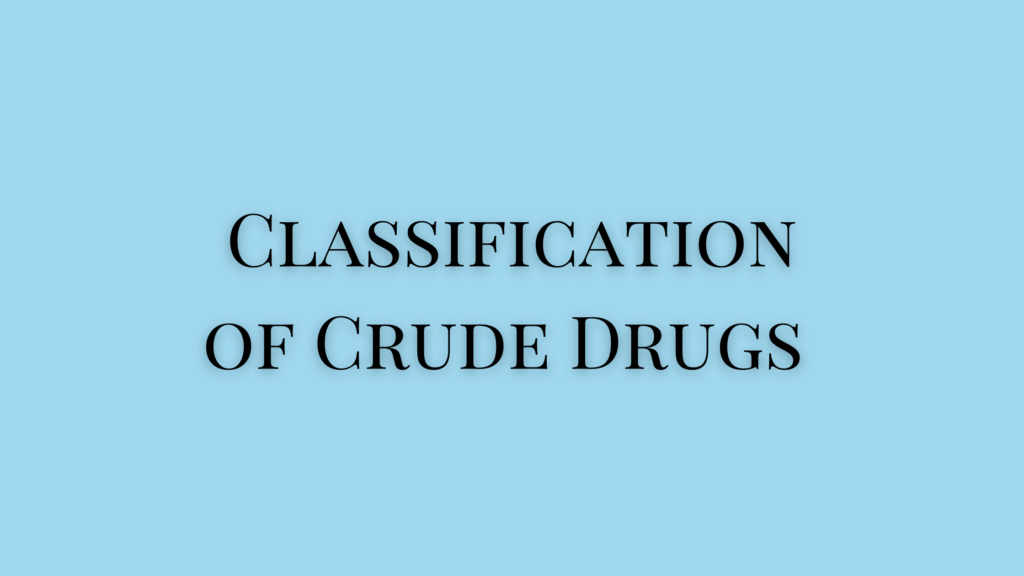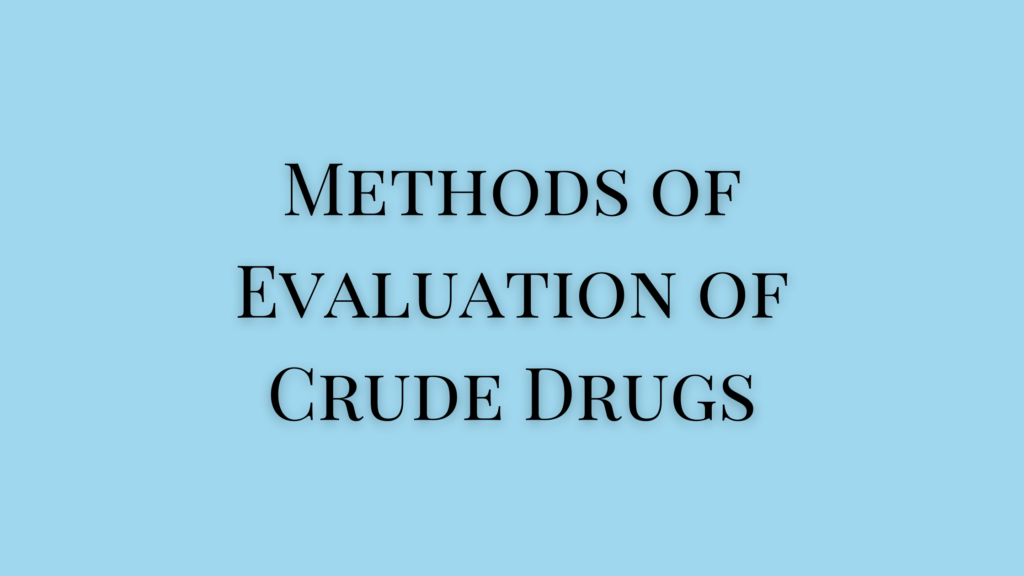Resins are complex, amorphous, and somewhat semisolid substances that would melt on heating. These are secreted by schizogenous or schizolysigenous glands of plants.
Physically, resins appear transparent and usually hard. They soften when heated and can form a film-like structure on evaporation. They burn with a smoky flame.
Resins are used as unorganised crude drugs in different forms. They are insoluble in both polar and non-polar solvents, including water and petroleum ether. However, they are completely soluble in alcohol, benzene, chloroform, etc.
Classification of Resins
Resins are categorized based on their chemical nature and association with other group of compounds like gums and essential oils.
Classification of Resins Based on Chemical Nature
Based on their chemical nature resins are categorized into resin acids, resin esters, resin phenols, glycoresins, and resenes.
Resin Acids
- These are resinous substances containing a carboxylic acid group, which may be associated with a phenolic group.
- They occur in a free state or as ester derivatives.
- These are soluble in alkalies to produce a frothy solution.
- Resin acids may form resinates or metallic salts that are used in paints, soaps, etc.
- Eg. Abietic acid in colophony and commiphoric acid in Myrrh.
Resisn Esters
- Esters of resin acids, benzoic acid, cinnamic acid, salicylic acid, etc form the resin esters.
- They can be converted into free acids using alkalis.
- Dragon’s blood and benzoin are examples.
Resin Phenols
- Resin phenols are high molecular weight compounds called resinotannols.
- They may occur in a free state or as esters.
- They form phenoxoids due to the phenolic group.
- These are insoluble in water.
- Resin phenols are soluble in ether and alcohol.
- They give a positive reaction to ferric chloride.
- This type of resin is found in Balsam in Peru ( as peruresinotannol).
- Siaresinotannols in benzoin and toluresinotannol of Tolu Balsam are examples.
Glycoresins
When resins combine with sugar to undergo glycosylation, they form glycoresins.
They hydrolyze to form glycine and aglycone. Eg., Jalap.
Resenes
- Resenes are chemically inert compounds mainly found in a free state.
- They never form esters.
- These are soluble in chloroform and benzene.
- They are partially soluble in petroleum ether and insoluble in water.
- Eg. Asafoetida.
Classification of Resins Based on Association with Other Groups
Based on their association with other groups, resins are classified into oleoresins. Gum resins, olegogum resins, and balsam.
Oleoresins
- Oleorsins are a homogenous mixture of resins and essential oils.
- They possess the essence of the oils.
- Sometimes traces of gummy materials are found in them.
- Eg. Ginger, turpentine, Canada resin, etc.
Gum Resins
- These are a natural mixture of resins and gums.
- The gum can be easily separated by dissolving it in water.
- Eg. Ammoniacum.
Oleogum Resins
- These are a mixture of resins, guns, and volatile oils.
- They ooze out of the bark incisions and harden.
- Eg. Gum myrrh, asafoetida, etc.
Balsam
- Balsam is a resinous mixture with high content of aromatic balsamic acids, benzoid acids, cinnamic acid, and their esters.
- This type of resin with free acids can partially dissolve in hot water.
- Oleogum resins containing drugs like copabalsam and Canada balsam are falsely referred to as balsam.
- Balsam of Peru and Tolu, Storax and benzoin are perfect examples of oleogum resins.
Isolation of Resins
Isolating resins from crude drugs is difficult as the drugs contain different combinations of compounds. However, the general method of isolation is using alcoholic solvents.
After that, there would be different precipitation by adding alcoholic extract in a large amount of water.
Resin is then separated by distillation or hydro distillation process, especially for the separation of volatile oils. This is commonly used for separating resin from turpentine.
References
- Shah, Biren N, Avinash Seth. (2010). Textbook of Pharmacognosy and Phytochemistry. Elsevier.
- https://www.uomus.edu.iq/img/lectures21/MUCLecture_2022_122022122.pdf




